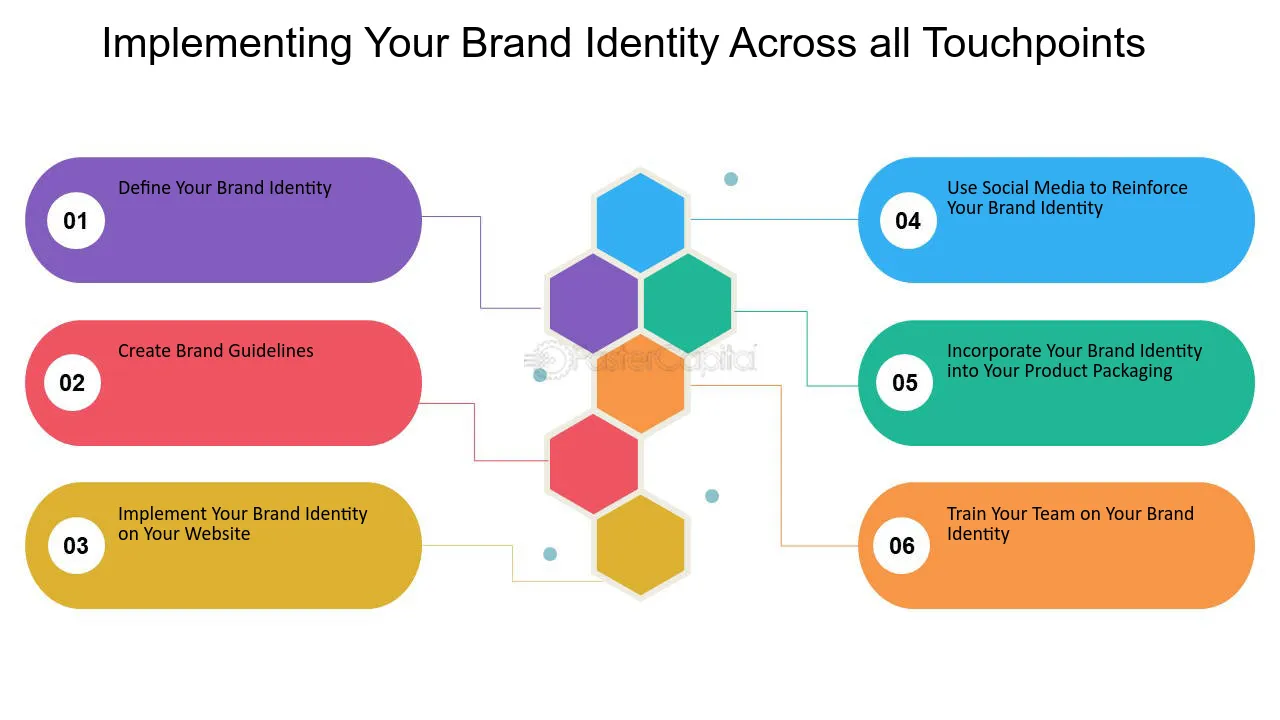
What Are Brand Guidelines?
Brand guidelines are a comprehensive set of rules and standards that dictate how a brand’s identity should be presented. They serve as a blueprint for various aspects of branding, including visual elements, tone of voice, and messaging. Essentially, brand guidelines ensure that every piece of communication, whether it’s a logo, a website, or a social media post, aligns with the brand’s identity and values.
Why Are Brand Guidelines Important?
- Consistency Across Channels: Brand guidelines help maintain uniformity across different platforms and materials. This consistency builds recognition and trust among your audience. Whether a customer interacts with your brand through a website, social media, or in-store, they should experience a consistent brand image.
- Efficient Communication: Clear guidelines streamline the design and content creation process. Teams know exactly how to use brand assets and follow the established voice, reducing confusion and ensuring that all marketing materials adhere to the brand’s standards.
- Protecting Brand Integrity: Brand guidelines protect your brand’s reputation by ensuring that all representations align with the company’s values and goals. This safeguards against misinterpretation or misuse of brand elements.
- Facilitating Collaboration: For businesses that work with external partners or agencies, brand guidelines are invaluable. They provide a clear reference, enabling collaborators to produce content that’s in line with your brand’s identity.
Key Components of Brand Guidelines
- Logo Usage: Define how your logo should be used, including size, placement, and spacing. Provide examples of correct and incorrect usage to prevent distortion or misrepresentation.
- Color Palette: Specify the colors that represent your brand. Include color codes for digital and print media to ensure consistency across various platforms.
- Typography: Outline the fonts and typefaces to be used in different contexts. Detail font sizes, weights, and styles to maintain visual consistency.
- Imagery and Graphics: Provide guidelines for the types of images and graphics that align with your brand’s identity. This includes style, tone, and subject matter.
- Voice and Tone: Describe your brand’s voice and tone in written communication. This includes language style, formality, and how to address different audiences.
- Brand Messaging: Define key messages, taglines, and value propositions. Ensure that all communications reflect the brand’s core messages and values.
- Application Examples: Show how brand elements should be applied across various materials such as business cards, websites, social media, and advertisements.
Creating Effective Brand Guidelines
- Start with a Brand Audit: Understand your brand’s core values, mission, and target audience. Analyze current branding materials to identify what works and what needs improvement.
- Collaborate with Stakeholders: Involve key team members, designers, and marketing professionals in the creation of your brand guidelines. Their insights will ensure that the guidelines are comprehensive and practical.
- Keep It Clear and Accessible: Use straightforward language and organize information logically. Make the guidelines easily accessible to everyone involved in creating or distributing brand materials.
- Update Regularly: As your brand evolves, so should your brand guidelines. Regularly review and update them to reflect any changes in branding strategy or market positioning.
Implementing Brand Guidelines
- Train Your Team: Educate employees and external partners on the importance of adhering to brand guidelines. Offer training sessions or workshops to familiarize them with the guidelines.
- Monitor Adherence: Regularly review materials and communications to ensure they align with the brand guidelines. Provide feedback and make adjustments as necessary.
- Seek Feedback: Encourage feedback from your team and collaborators to identify areas where the guidelines may need clarification or improvement.
- Use Technology: Implement digital tools or platforms that help manage and enforce brand guidelines, making it easier to maintain consistency.
Conclusion
Brand guidelines are not just a set of rules—they are the backbone of your brand’s identity. By creating and adhering to clear, comprehensive brand guidelines, you ensure that your brand communicates consistently and effectively across all channels.
This consistency not only enhances brand recognition but also builds trust and loyalty among your audience. Investing in well-crafted brand guidelines is investing in the long-term success of your brand.

